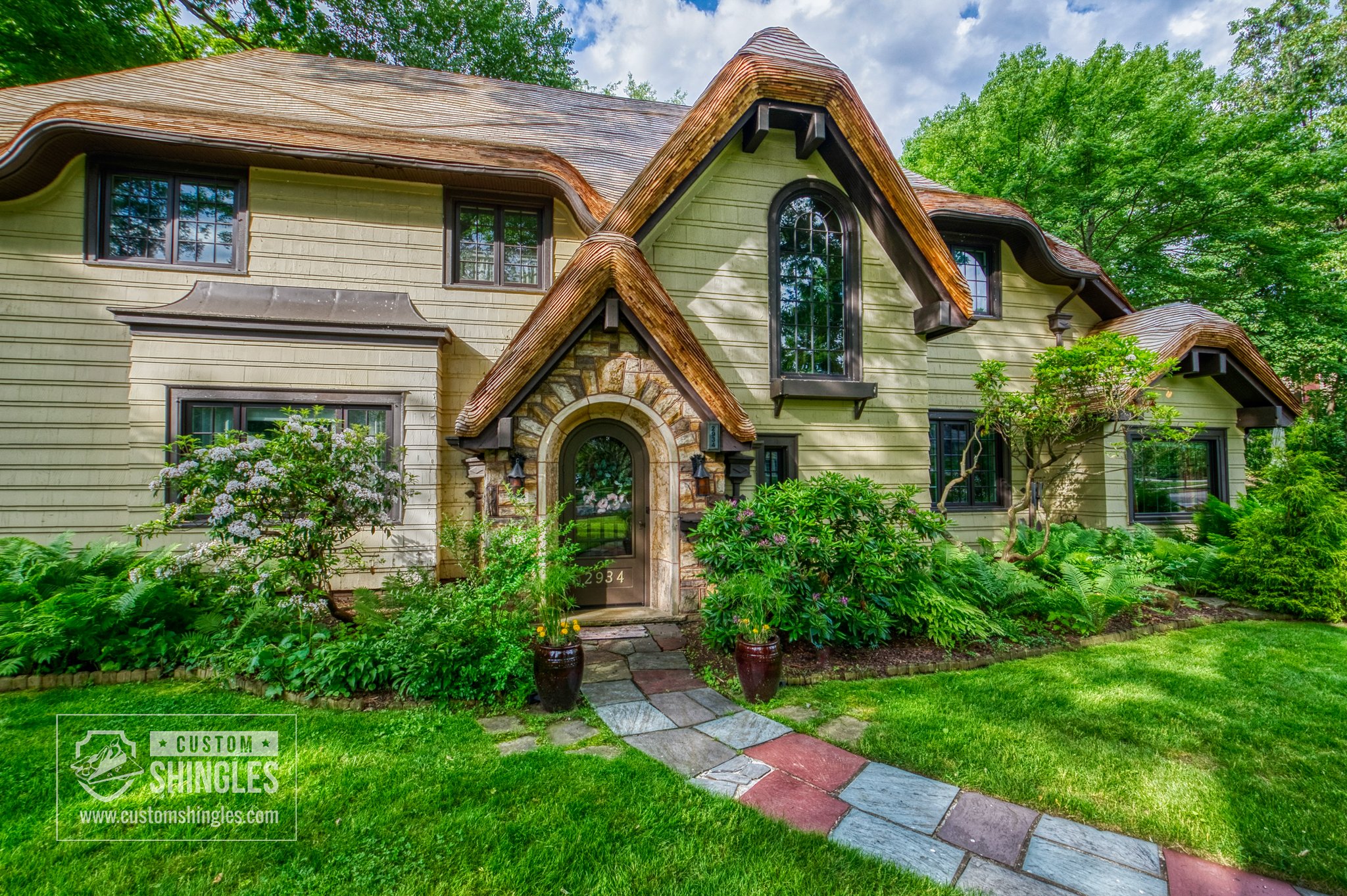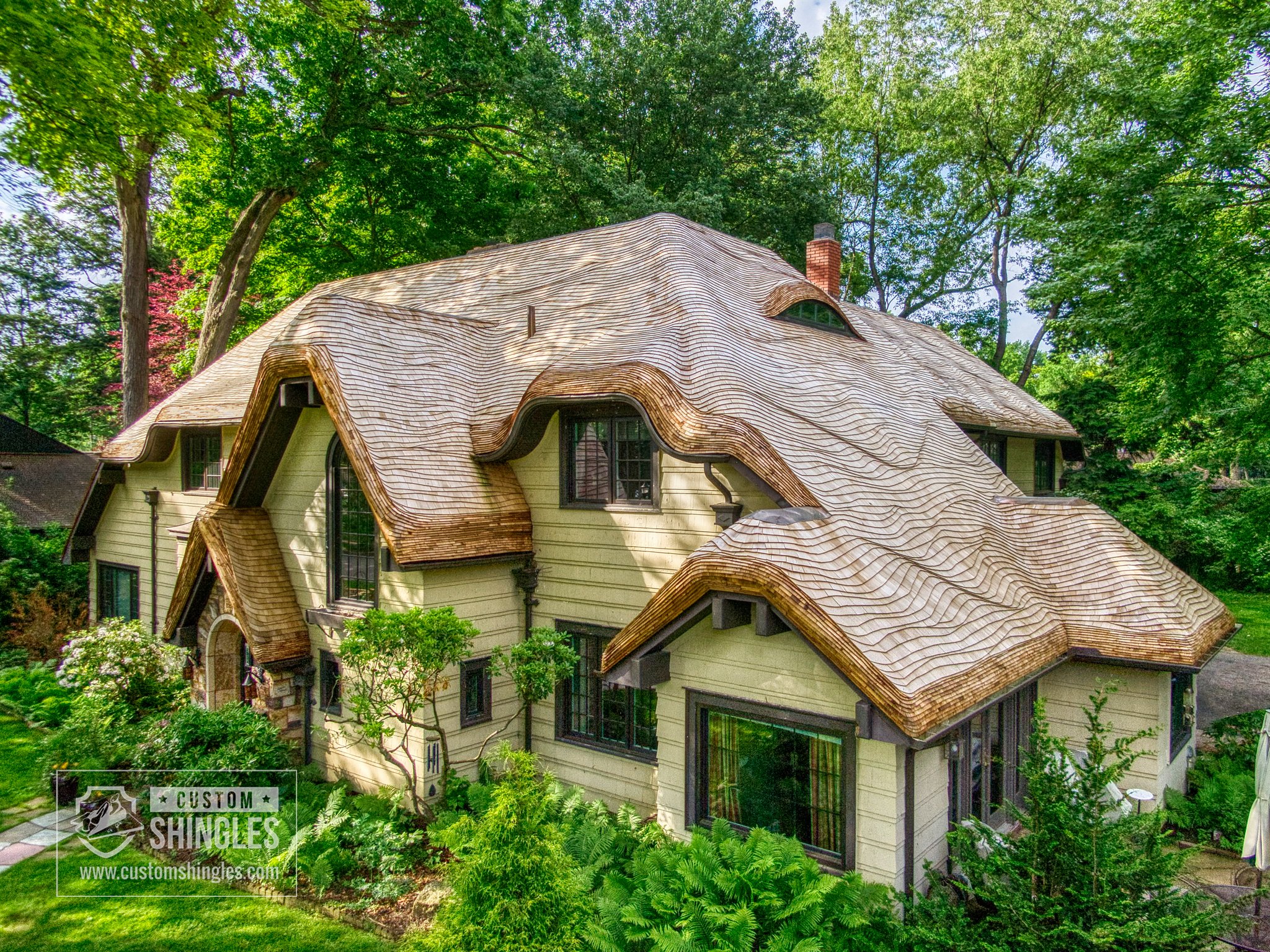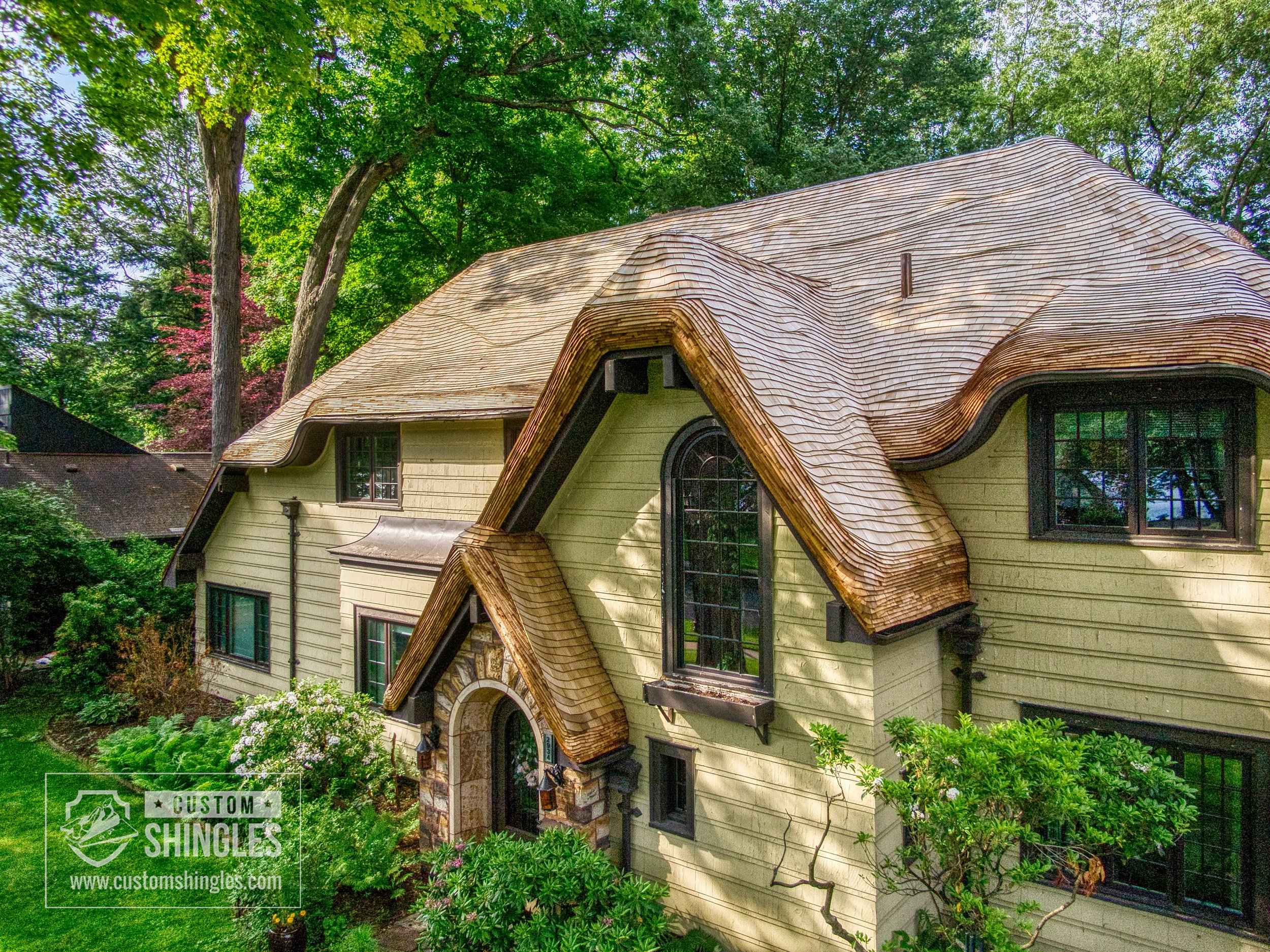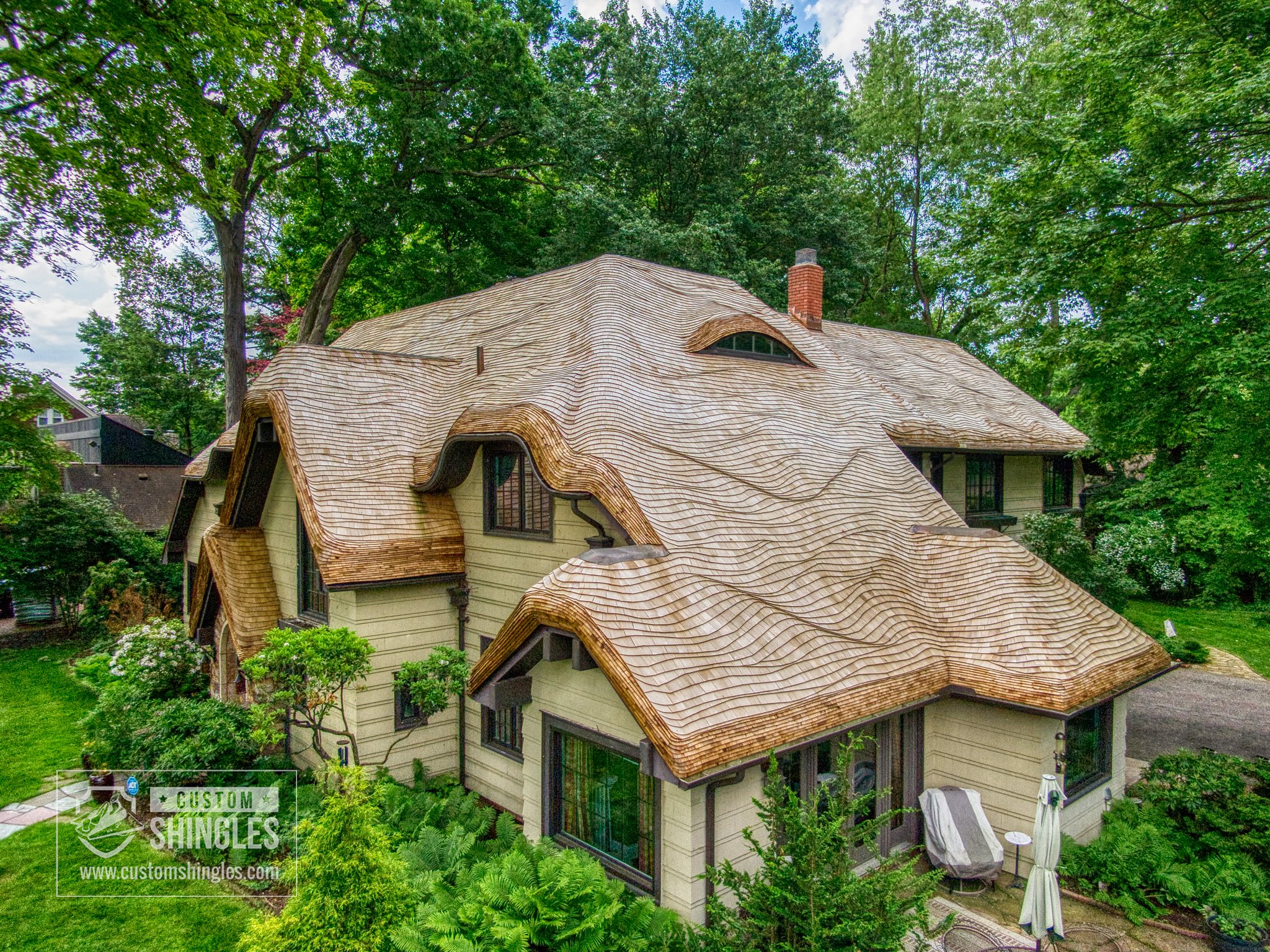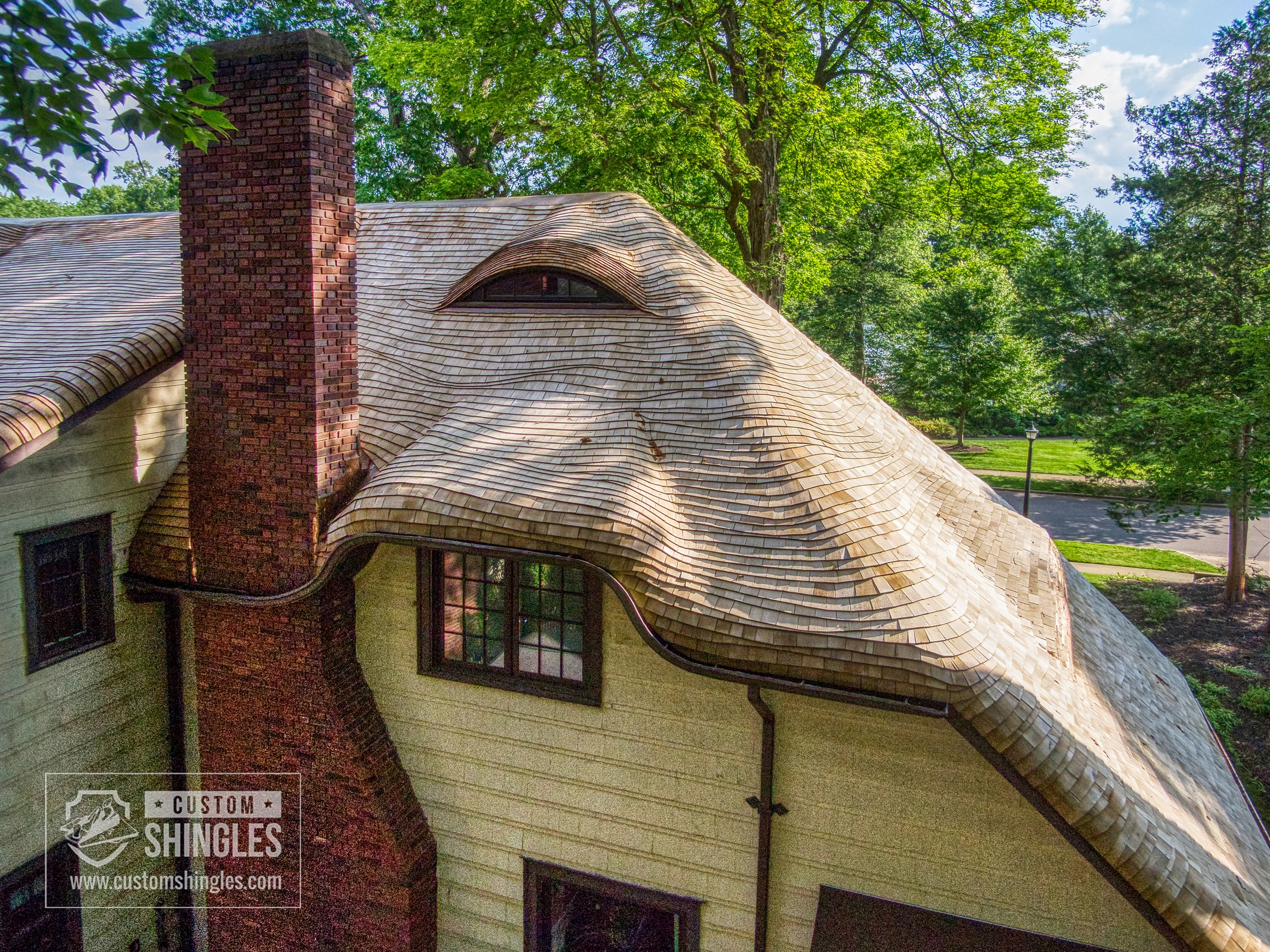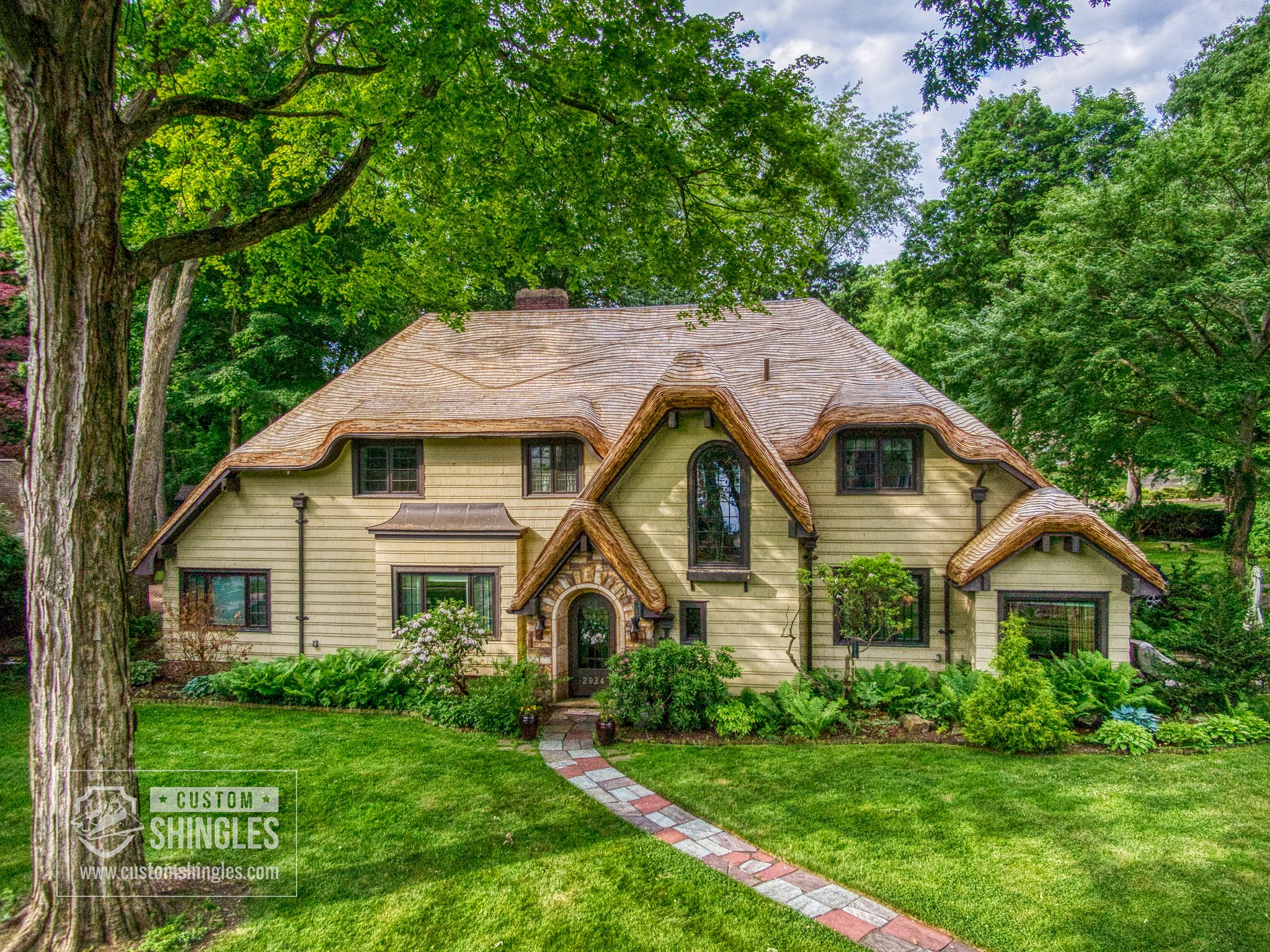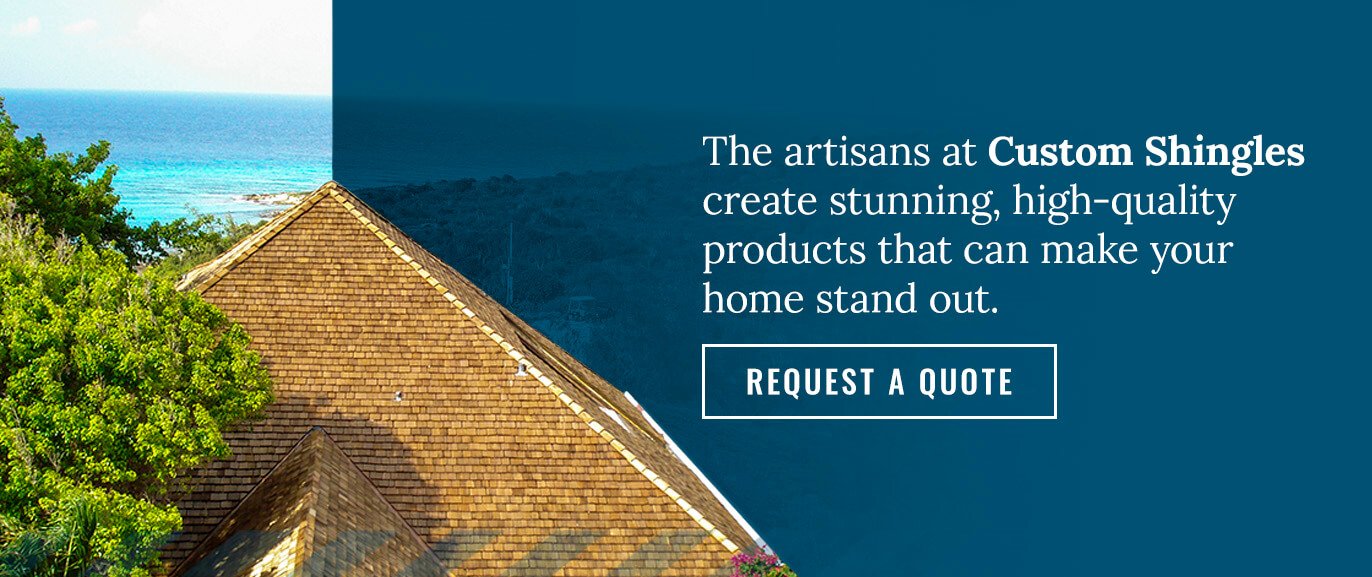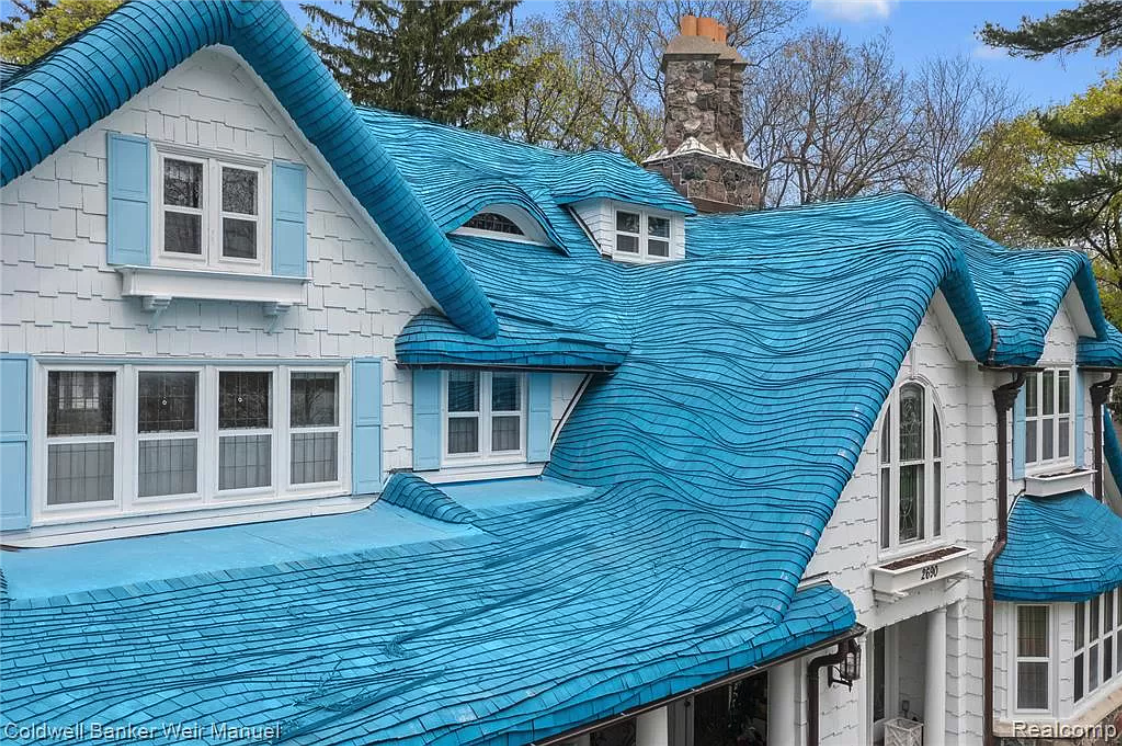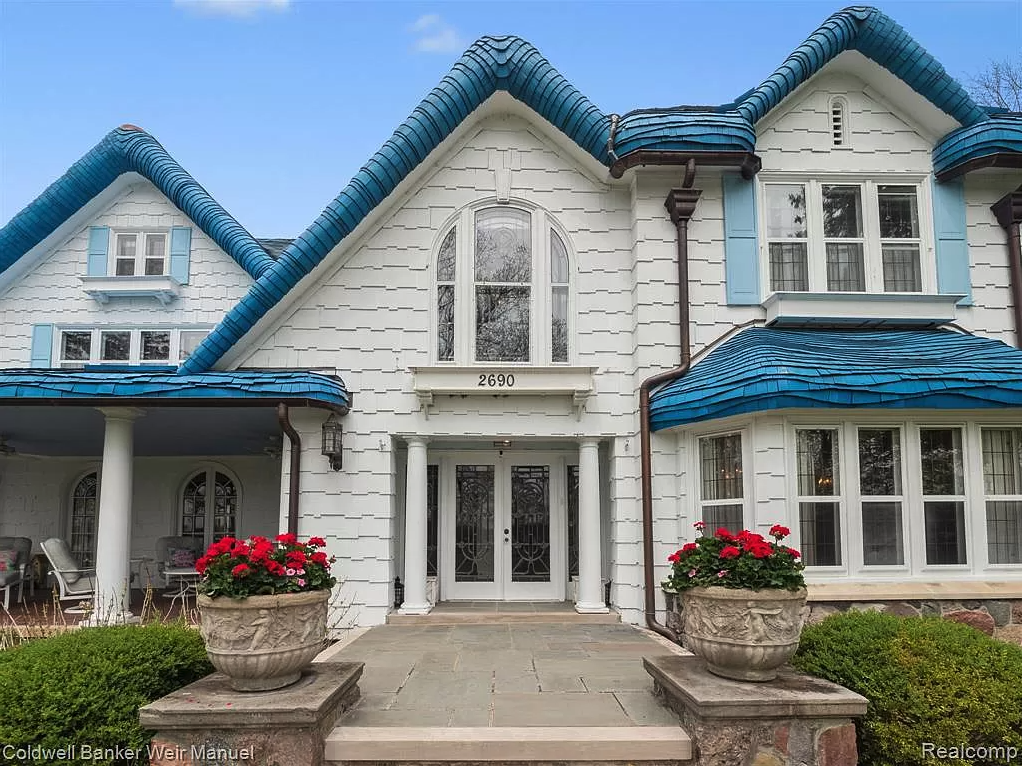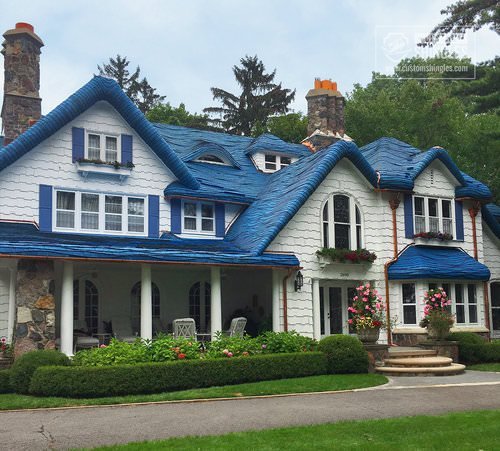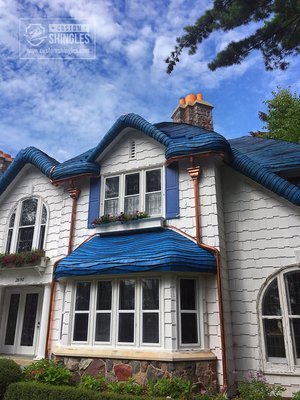If you're preparing to get a new roof on your home, cedar and asphalt shingles are two of the most popular options. Read through our guide below to learn more about the differences between these roofing types, the pros and cons, and which is the best option for your needs!
Cedar Shingles vs. Asphalt Shingles
Cedar and asphalt shingles have some relatively significant differences between them. Cedar shake roofs are, as the name implies, made from wood. Asphalt shingles are composed of materials such as asphalt and fiberglass.
Cedar shingles and shakes are highly durable, lasting up to 30 or more years with regular maintenance. They easily withstand weather, impacts, insects and wind. If you reside in an area prone to wildfires, you should use treated cedar shakes to help make them less susceptible to fire. Cedar shake roofs also often cost more than asphalt shingles.
Asphalt shingles come in numerous colors, making them more customizable. They have high energy efficiency and hold up against wind and strong impacts. However, these shingles can be susceptible to cracking and mildew and usually need replacing within 20 years.
Different Types of Cedar Wood Roofing
Cedar roofs are made from real wood and are often one of the most aesthetically pleasing roof types. With that said, there are many different kinds of cedar roofing options, making it important to define them all so that you know what to look for:
Shingles: Shingles are the most common type of roofing on homes. They are usually thinner than a traditional shake and are sawn from a block of wood, giving a very uniform appearance.
Shakes: Shakes are split on one or both sides instead of sawn and are frequently made by hand, giving them a more rustic look. This definition applies to all shakes except taper-sawn shakes, which are also sawn on both sides.
Cedar wood roofing comes in several different material kinds. Choices can include:
Western Red
Western red cedar is an abundant type of wood, making it one of the more popular materials for cedar shingles and shakes. The grain is straight, and this wood type works well for split shingles and shakes. Western red cedar has a unique appearance and is naturally resistant to decay.
Eastern White
If you'd like a dense material with a fine grain, eastern white cedar is an excellent choice. Shingles or shakes made from this material are easy to customize through paint, stain and bleach.
Alaskan Yellow Cedar
Alaskan yellow cedar is a durable choice for shakes and shingles because of its structure. Contrary to its name, it is not a species of Cedar, but is instead from the Cypress family. It contains tannins and oils that naturally prevent decay and mold. Together, these features help reduce the need for cedar shake roof maintenance and provide a long-lasting roof. Another interesting feature of this material is how it will change from pale yellow to gray over time.
Different Types of Asphalt Roofing
Asphalt roofing comes in three main types. You can choose between these when deciding on your roofing needs. The options include:
Three-tab: Three-tab shingles are flat and — as the name implies — have three tabs per strip.
Dimensional: These shingles have a more random pattern. You can also purchase them to resemble wood shakes. Dimensional shingles are the most common kind of asphalt shingles today.
Luxury: Luxury shingles are the longest-lasting of all the asphalt choices. Their appearance resembles slate, making them the most expensive of the three options.
Generally, asphalt roofing is easier to install than cedar shakes or shingles, which lowers the overall cost of the process and makes it more budget-friendly. This roofing option is an excellent choice if you want specific colors, shapes and styles unavailable in cedar. Asphalt also naturally reduces the risk of fire.
Disadvantages of Wood Shingles vs. Asphalt Shingles
While these roofing types offer several benefits, they also have cons to consider when choosing between them. Disadvantages associated with cedar shakes or shingles include:
There is a potential for moisture problems, especially in wetter climates.
Cedar is more flammable than asphalt, especially if it is untreated.
It is a more expensive roofing material and requires more labor for installation.
Asphalt also has some negatives to consider, such as:
It is more prone to algae formation in shady areas, leading to staining and structural issues.
Asphalt shingles are more likely to blow away during strong winds.
The top layer can start to erode over time due to hail and other bad weather.
Asphalt is a poor choice for flat roofs because it wears out faster.
What Is the Best Type of Shingles for Roofing?
When it comes to picking shingles, the best choice for your home often depends on your preferences and budget. With that said, cedar shakes and shingles are usually the best long-term investment because they offer many benefits, including:
Aesthetically pleasing look: If you want a roof that stands out and makes your home look better, cedar shakes or shingles are superior to asphalt. Cedar shingles have a rustic appearance and look different from each other, which is appealing to many homeowners.
Easier maintenance: While both cedar and asphalt require the same level of general care, cedar shingles can last longer when they are well-kept.
Increased property value: Cedar shingles and shakes are unique and premium products that many home buyers prefer when in the market for a new place to live. These shingles help raise your property value due to their popular features and durability.
Enhanced energy efficiency: While insulation is crucial for your home's energy efficiency, the material you choose for your roof also plays a significant role. Cedar is one of the best choices for preventing hot or cold air from escaping your home, helping control your utility costs.
Eco-friendly material: Cedar shakes and shingles are made from wood, a natural material that is usually recyclable or biodegradable. Asphalt shingles are a one-and-done product, meaning they must be thrown away after their life span on a roof is up.
Although both a cedar and an asphalt roof can be a good investment when you take care of it well, cedar roofs offer the most benefits and are often the choice of many homeowners.
Learn More About Our Cedar Shingles
At Custom Shingles, we offer custom cedar and other wood shakes and shingles that elevate your home into a work of art. You can trust us to help you with design and roof assessment. Our team has decades of experience with wood shingles and shakes, making us a reliable provider and partner.
We are more than willing to help you determine which roofing option from our selection is right for your home. Whether you want western red cedar shakes or Alaskan yellow shingles, trust us for high-quality products. Contact a representative for a free estimate today!
